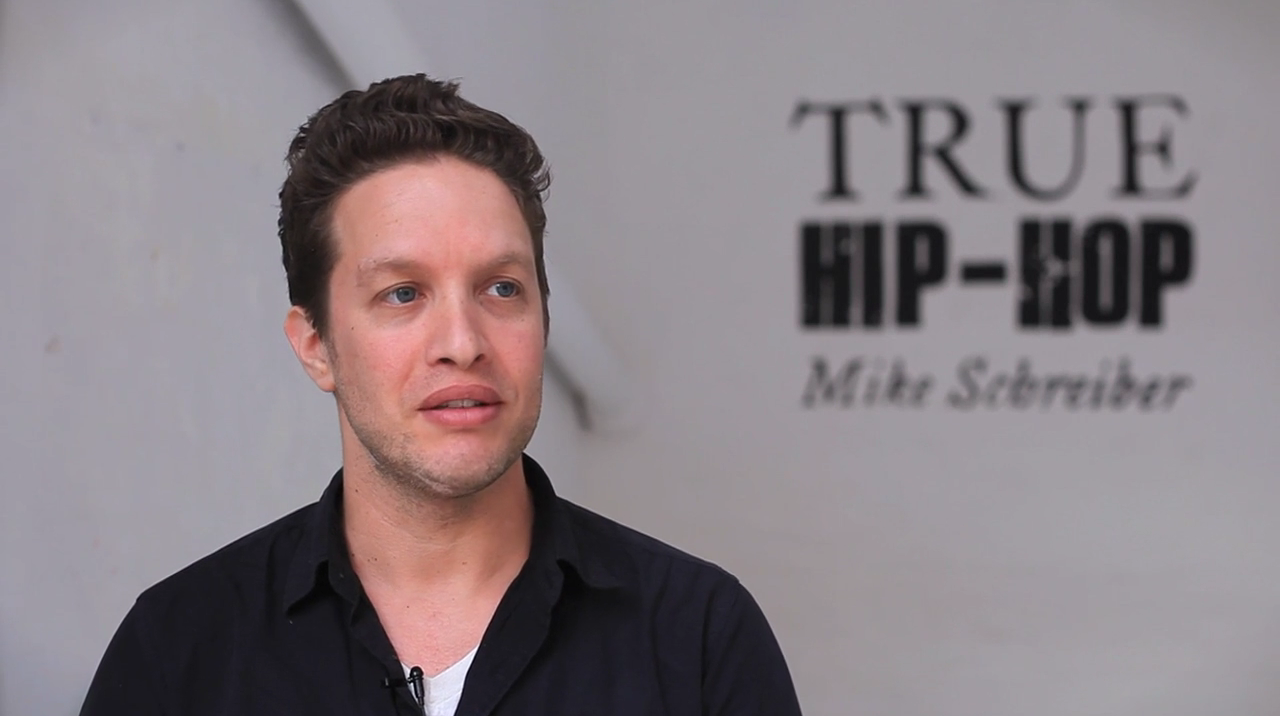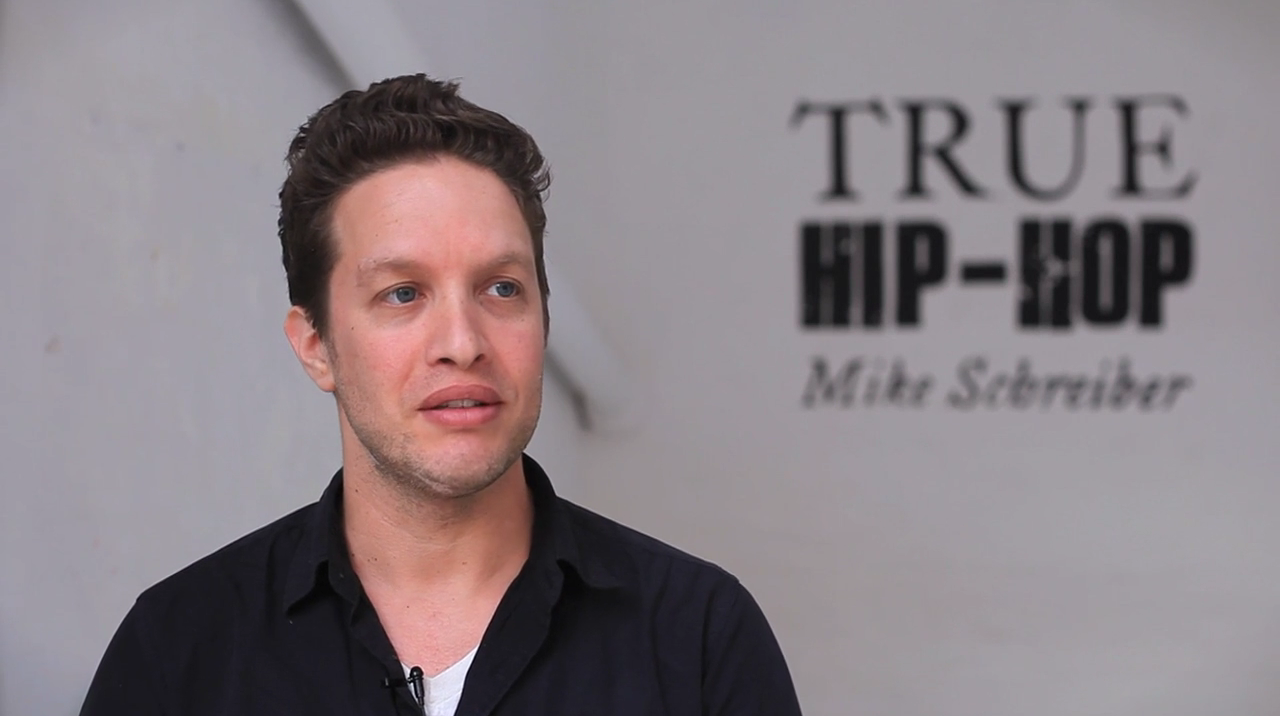Mike Schreiber
From Mos Def and Blackstar in the late ‘90s to a fresh faced Eminem and a tattoo-less Lil Wayne, photographer Mike Schreiber…


From Mos Def and Blackstar in the late ‘90s to a fresh faced Eminem and a tattoo-less Lil Wayne, photographer Mike Schreiber has spent the past 12 years documenting the golden age of hip-hop. The New York-based Schreiber has just released his first book, TRUE Hip-Hop, an insight into his work with some of the genre’s biggest artists. “When I started it was strictly hustling,” says Schreiber. “There was no thought about any book, or project. It’s kind of like a ‘best of’ in a way.” To accompany the beautiful and raw images, back stories and anecdotes detail his exploration into the culture. After graduating from College in Connecticut, Schreiber fell into photography by accident. “I worked for my school paper and when I graduated I didn’t anticipate becoming a photographer,’ says Schreiber. “I just wanted a job”. Working as a photo editor for a local photographic agency, checking prints and negatives, he quickly realised that the photographers that went to concerts were not doing anything he couldn’t do. “I just started weaseling my way into shows, getting photo passes,” says Schreiber. “Some of the photographers complained, thinking I was competing with them. So I got fired”. But always being drawn to the world of hip-hop, and discovering a way to make money of his love, the flame had been lit. Schreiber background in anthropology has had a clear influence on Schreiber’s style and outlook. From a Capoeira school in Brasil, models behind-the-scenes at fashion shows, street kids in Jamaica, and a prison rodeo in Louisiana, Schreiber’s work could easily be described as a visual anthropology, with the photographer studying these cultures through film. “Anthropology is really just looking at culture and studying it,”says Schreiber. “And it could be argued that there is no more powerful culture in the world in the past 30 years than Hip Hop.” Anthropology is really just looking at culture and studying it. It could be argued that there isn't a culture more powerful… Schreiber has always opted to shoot with film, and even still uses his first camera, a Pentax K1000, for much of his work. And much of his work is shot in black and white. “I always just liked black and white photography,” says Schreiber. “It strips it down to it’s base level. I find colours to be distracting sometimes. People tend to think of black and white as more real, but it’s the opposite. Black and white is more special.” Schreiber believes this is one of the main reasons why people are drawn to his work. Drawing much inspiration from famed post-war documentary photographers such as Sebastiao Salgado and Bruce Davidson, Schreiber admires the way these photographers could capture their amazing scenes, produce beautiful images without setting them up. He has tried to take a similar approach to his work. “Whatever they put out, that is what I try to get,” says Schreiber. “I like things to be free and flowing. And natural. As natural as it can be in an unnatural setting of getting your picture taken.” Which is evident in the images. The rawness of his work he believes is from his lack of professional training. It has enabled him to develop his own style in which he strives to “capture that split-second of how that person presents themselves in that time and in that setting.” But those that he admires above all are those that are doing something true to themselves. “Even if I don’t necessarily like the work,” says Schreiber, “it it feels genuine, it’s good.” This idea of being “true” seems to be a key philosophy of Mike Schrieber’s work. “The goal for me is always to capture someone’s personality,” he says. “If the person and I don’t click, it can be challenging. But the idea is always to capture who the person really is, or who they’re trying to portray. Whatever they put out, that is what I try to get.” From The Source, to VIBE, Trace and XXL, the self-taught photographer has gone from College paper to cover features in some of youth cultures’ most defining magazines, and working with some of the biggest record labels. But throughout has stayed true to his style and outlook. “That has really always been my motivation,” he says with a smile, “not working”. http://www.mikeschreiber.com/


